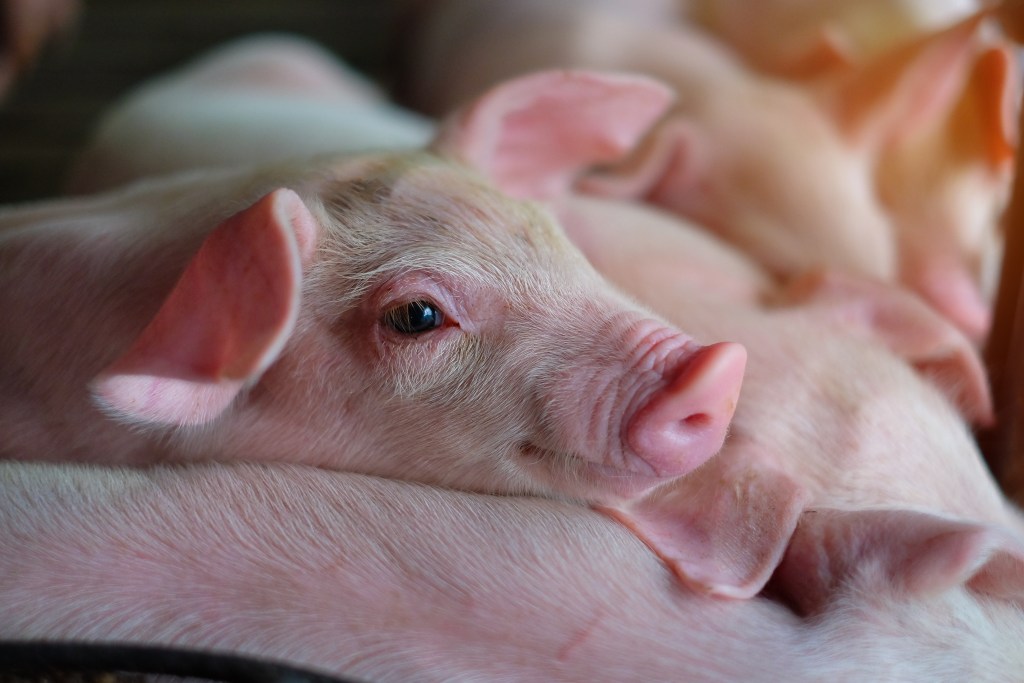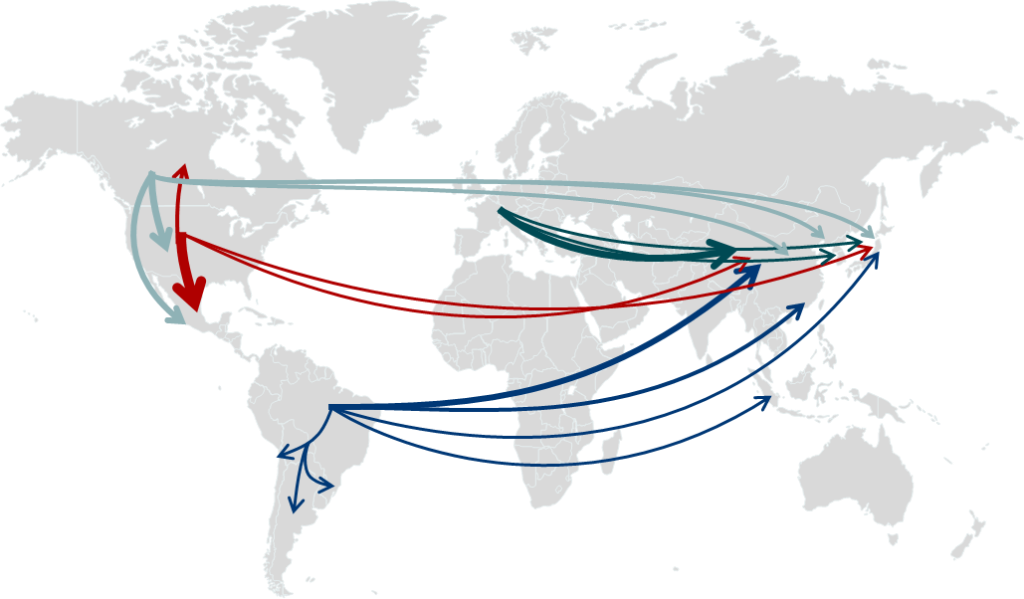What is the PRRS-resistant pig?
PIC’s PRRS-Resistant Pig was developed to protect pigs from one of the most devastating swine diseases around the world, the Porcine Reproductive and Respiratory Syndrome (PRRS) virus. A recent study from Iowa State University reported that PRRS costs $1.2 billion per year, in the U.S. alone. That number has increased 80% from previous estimates of $664 million between 2006 – 2010 and $560 million between 2000 and 2005.
If we could eliminate the challenges from the most serious global pig disease, we could have pork with improved animal welfare, reduced need for antibiotics and a reduced environmental impact.
Without PRRS, producers could have improved herd health, enhanced farm sustainability, reduced strain on farm staff and increased resiliency.

How does PIC breed PRRS-resistant pigs?
To breed pigs that are resistant to PRRS, PIC precisely removed a portion of a specific gene that the PRRS virus enters to infect the pig. Nothing foreign was added. No genes were inserted. Gene editing is not the same as Genetically Modified Organisms (GMO).
Without the genetic binding site, the PRRS virus cannot make the pig sick.
Like humans inherit traits from their parents, the pig’s offspring then inherit the PRRS-resistant trait through traditional breeding. To be fully resistant, the pig must have two copies of the trait (it must be homozygous).
Earning Regulatory Approvals and Protecting Major Global Pork Flows

On April 30, 2025, the U.S. Food and Drug Administration (FDA) announced it granted approval to PIC for the gene edit used in its PRRS-resistant pig, determining that the technology is safe and effective.
PIC has spent years conducting extensive research, validating our findings and working with the FDA to gain approval. The U.S. FDA’s approval process included an extensive review of third-party research conducted over several years.
Before PIC can market and sell the PRRS-resistant pig, we must receive either regulatory approval or a regulatory determination from the governments in key pork producing countries.
Every country has unique government regulations, biotechnology policies and review processes that companies must follow before they are allowed to sell new foods. These regulatory processes are intended to reassure consumers that the foods they buy, eat and serve their families are safe. PIC is working to gain approval for the PRRS-resistant pig in major pork-producing countries.
In addition to U.S. FDA approval, the governments of Colombia, Brazil and Dominican Republic issued favorable regulatory determinations for PRRS-resistant pigs, meaning these countries will treat them the same as any other pigs.
We are working to secure approval and market acceptance of the PRRS-resistant pig by collaborating with processors, retailers, food system leaders, government agencies and consumers.
Path to Commercialization in the U.S.
Importantly, FDA approval does not automatically trigger commercialization. Though PIC is legally allowed to sell PRRS-resistant pigs in the U.S., we are committed to the responsible and intentional introduction of the PRRS-resistant pig around the globe.
Gaining FDA approval for the technology is an important step in this process, and we are working with additional countries to gain regulatory approval and protect global trade prior to initiating sales and delivery.
PIC will not commercialize in the U.S. until at least 2026, after we have gained regulatory approvals in at least Mexico, Canada and Japan.
Like humans inherit traits from their parents and grandparents, pigs will inherit resistance to the PRRS virus. That means, even once PIC begins commercializing in the U.S., it will take time to produce enough PRRS-resistant animals to meet industry demand and reach herd immunity. Think of it as a dimmer switch, rather than an on and off switch.
PIC is currently working through commercialization details and will have more information for interested customers soon.
What is the difference between a gene edit and a GMO?
PIC used gene editing to develop the PRRS-resistant pig. In this case a portion of a gene is deleted from the organism’s own DNA to modify its genetic code. No foreign DNA is added or inserted. This is different from genetically modified organisms (GMOs). In genetically modified organisms, DNA from another organism is introduced to modify the genetic code.
Learn more about PRRS-resistant pig research
Visit PRRSResistantPig.com for more information.




